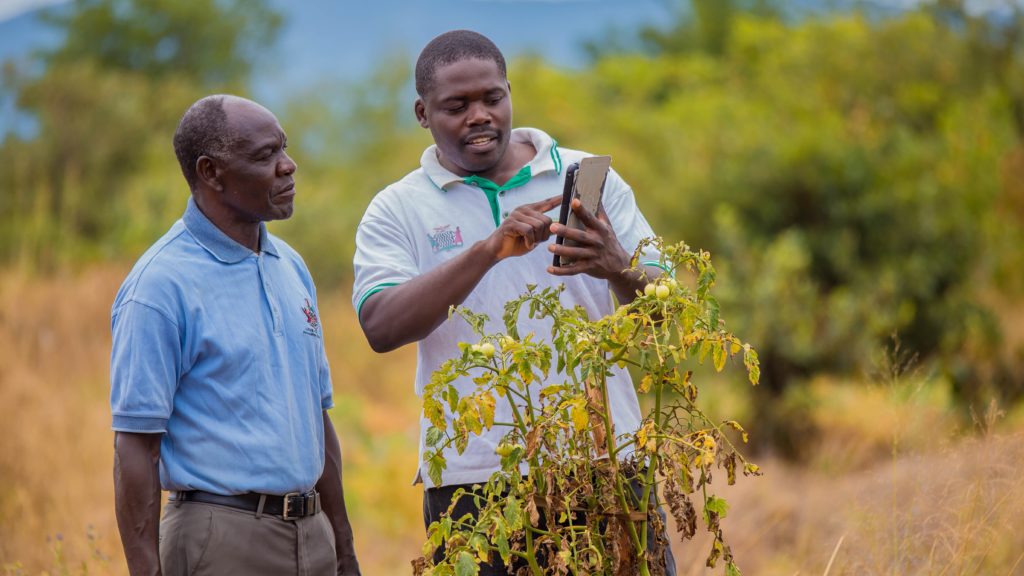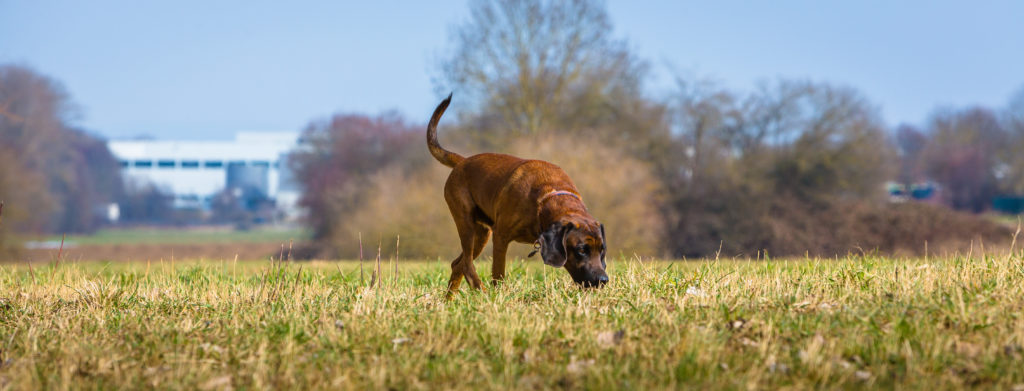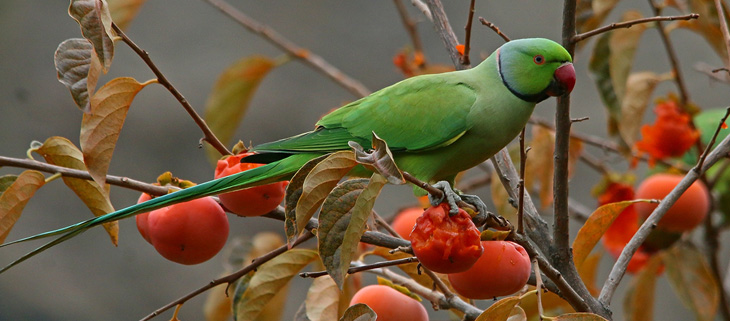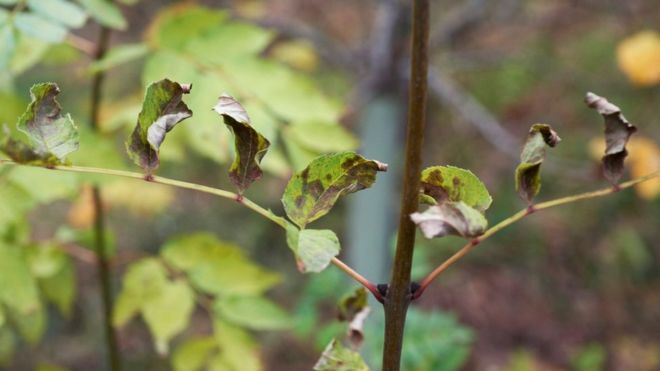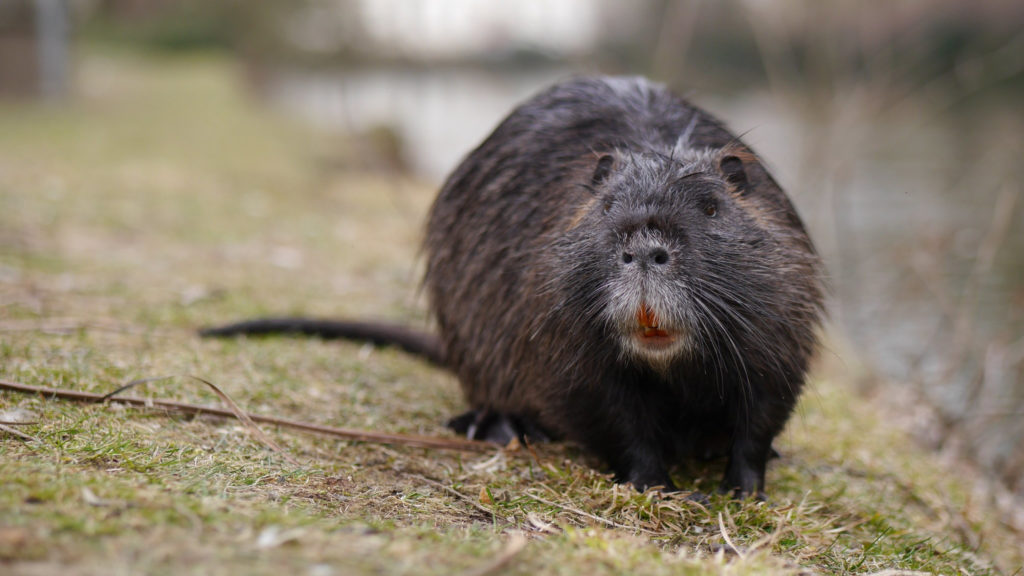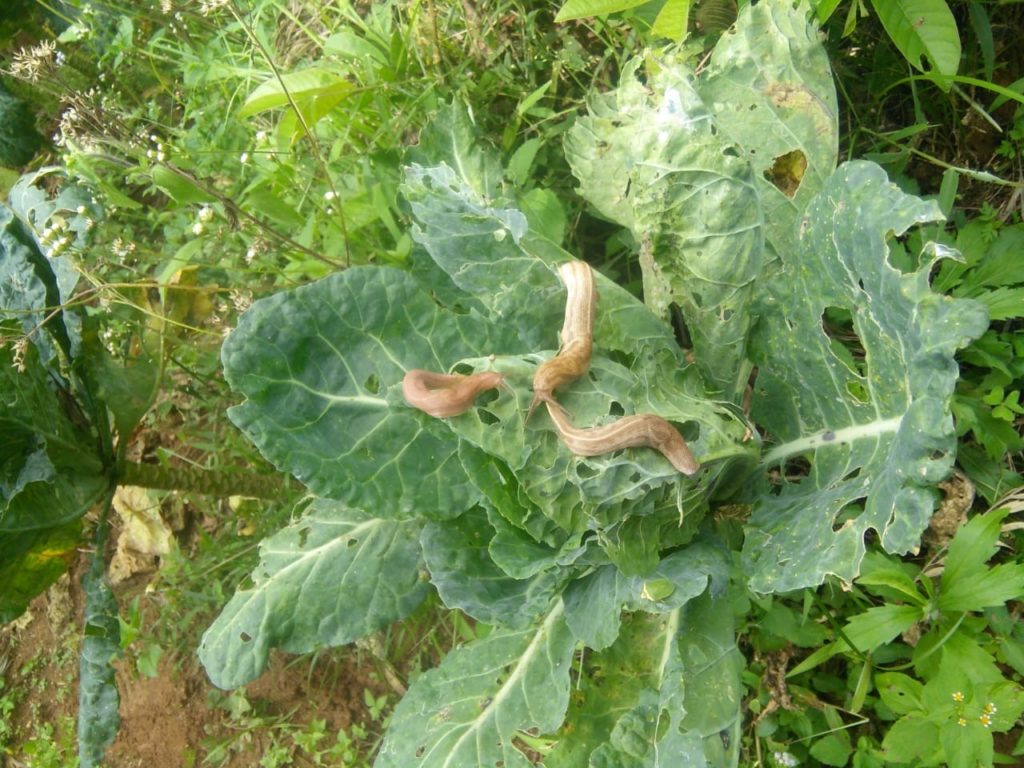Invasives Most Read 2019
As 2019 draws to a close, we have crunched the numbers and pulled together the year’s most read articles. Plus some firm favourites. Fall armyworm continues to be a popular topic for our readers and this year, blogs on biocontrol efforts to control the invasive caterpillar make the top 20. CABI’s Pest Risk Analysis tool…
Study finds endoparasitoid wasp can reduce fall armyworm leaf consumption rate by up to 89%
In a recently published study led by CABI, researchers assessed, under lab conditions, the effect of the endoparasitoid wasp, Coccygidium luteum on the leaf rate consumption of its host – fall armyworm larvae.
A Plague of Cactus
By Susan Moran. Reblogged from bioGraphic. Across Kenya’s wildlife-rich Laikipia Plateau, a thorny enemy is advancing. But a tiny sap-sucking insect may help save the region’s animals and people. Before the sun has peeked above the horizon, Philip Nangoo Larpei, a Maasai elder in his 60s or 70s (he hasn’t kept track), is already outside checking…
Invasive tadpoles can recognise potential predators in new environments
By Natasha Kruger. Reblogged from The Conversation. Invasive species have become an increasingly big threat to indigenous ones as the spread of alien animals and plants has accelerated with the growth of global trade. Some can be very destructive, while some live in close proximity without posing any sort of threat. Understanding the behaviour of invasive…
Invasive species aren’t just a ‘first world problem’
By Jim Erickson-Michigan. Reblogged from Futurity. Invasions from alien plants, animals, and pathogens threaten the economies of the world’s poorest nations, according to study. One-sixth of the global land surface is highly vulnerable to invasion, including substantial areas in developing countries and biodiversity hotspots, according to the study published in Nature Communications.
Invading Ireland: the coypu
By Dr Colin Lawton, National University of Ireland Galway One of the greatest threats to biodiversity is the invasion of alien species into an ecosystem. These can occur through natural migrations as a result of recent habitat or climate change, or species can be introduced by human activities, both accidentally or deliberately. Invasions are occurring…
Potential Slug Invasions and their Impact on UK Biosecurity (Part 2)
By Dr Jenna Ross Guest writer, Dr Jenna Ross, from Crop Health and Protection (CHAP), joins us for the second of her two-part special series (read part 1) on the outputs of her prestigious Nuffield Farming Scholarship. Jenna spent 26 weeks travelling the world studying all aspects of slug invasions and slug control, and in…

